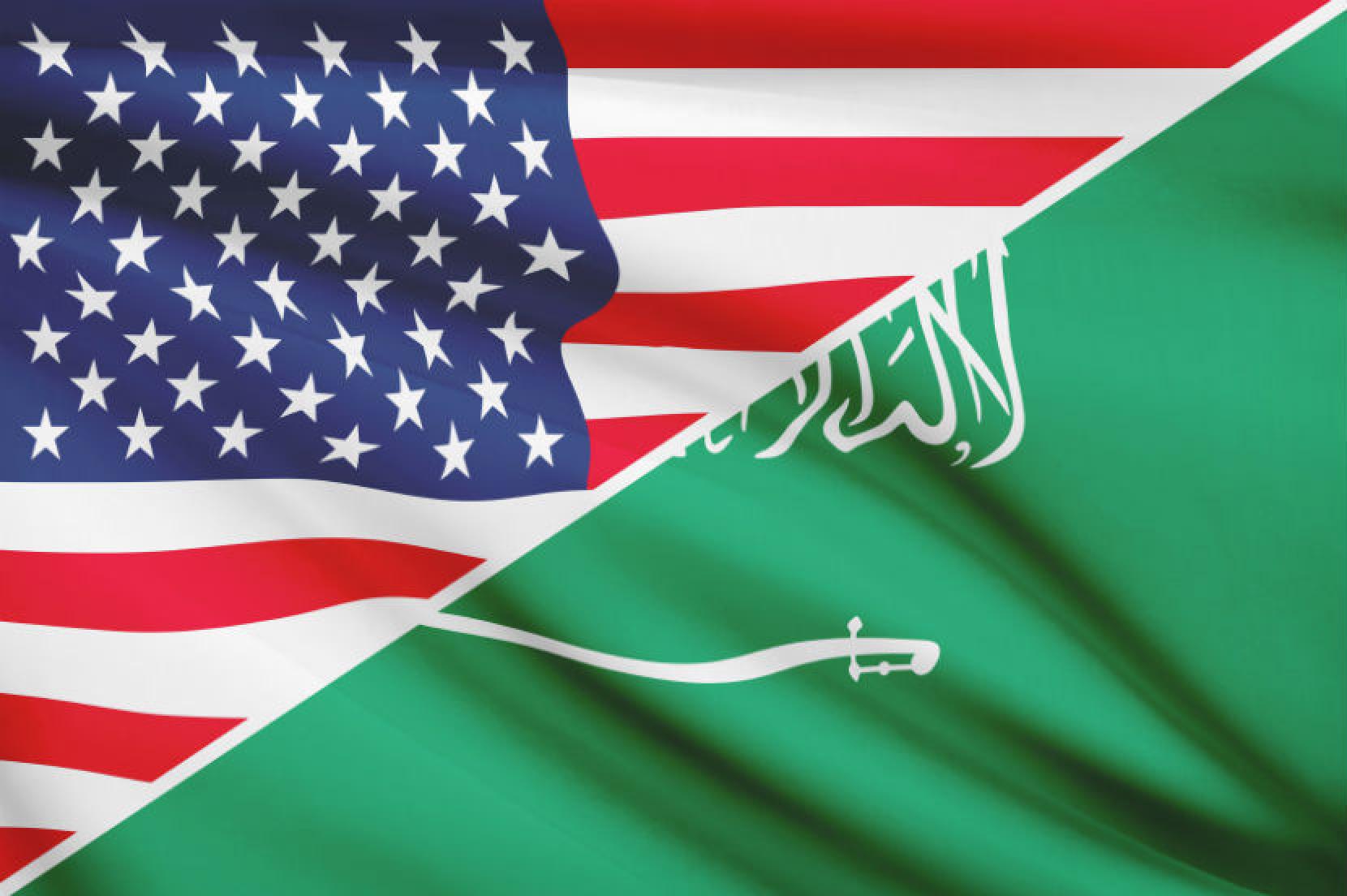By Christian Sullivan
In the wadis, or river valleys, of a distant land, a war rages between a ruler and his subjects, a minority religious group who seeks economic and political freedom. These two factions battle fiercely for their northern mountainous homeland. Aided by two rival civilizations, a rivalry born of intense hatred for one another, the two factions lay waste to the wadis, destroying the once prosperous farms of humble village-folk. Additionally, a wealthy power from across land and sea aids the ruler, hoping to establish an island of stability in an ocean of conflict, but only brings more devastation. Once a proud hardworking people, the villagers of the valley are desperate, as their farms wither and their children waste away from disease and malnutrition. Although this land of the wadis appears to be a description fit for a best-selling fantasy novel and its subsequent movie, this land exists presently in Yemen, a land engulfed in civil war that threatens an entire population with extinction.
The Yemeni Civil War began after widespread protests against the unpopular dictatorship of Yemen’s longtime president Ali Abdullah Saleh during the Arab Spring Protests in 2011. Because of the mass demonstrations’ success, President Saleh agreed to step down in favor of his deputy, Abdrabbuh Mansour Hadi. During his short tenure, President Hadi presided over a nation wracked by al-Qaeda in the Arabian Peninsula (AQAP) attacks, corruption, and unrest. The Houthis, a rebel group formed from members of Yemen’s Zaidi Shia Muslim minority, took advantage of this chaos and conquered northern Yemen, including the capital, Saana, in 2014. However, the Houthis’ success awakened Yemen’s neighbor, Saudi Arabia, who believed that Iran, its rival for domination of the Middle East, had aided its fellow Shia Muslims. Alarmed by the possibility that Yemen could become an Iranian proxy state from which Iran could launch operations to destabilize the Saudi regime, Saudi Arabia and a coalition of eight Sunni Muslim countries invaded Yemen. Because of a long-standing alliance with Saudi Arabia based on oil wealth and opposition to the Iranian regime since 1979, the United States joined the Saudi-led coalition, plunging Yemen into a nightmare of death and destruction.
Since the beginning of the coalition airstrikes in March 2015, the war has largely resulted in a stalemate in northern Yemen. As the Saudis fight the Houthi rebels, whom the United States believe are supported by AQAP, the United States has poured limitless resources into the campaign, even as recently as May 2017 with the Trump administration’s U.S.-Saudi arms deal. The United States has even provided a KC-135 Stratotanker, which refuels Saudi F-15 jets midair. After refueling, Saudi jets continue their brutal campaign against the Houthis, ravaging entire villages and commencing the world’s worst current humanitarian crisis.
As Houthis and Saudis battle, innocent civilians remain caught in the crossfire, accounting for over 13,000 of the war’s casualties, of which 1,200 were children. Due to Saudi airstrikes, entire villages, complete with their annual crop of qat, Yemen’s cash crop, have been razed. Coupled with a Saudi naval embargo, Yemeni civilians struggle to find the necessary sustenance and supplies for their families. As a result, 69 percent of the country requires international humanitarian assistance, which has been sharply restricted by both parties in the conflict. This complete lack of regard for basic human needs has led to the onset of famine and an unprecedented cholera epidemic, the worst cholera outbreak in history. As the situation grows increasingly desperate, fathers and mothers desperately struggle for survival, placing their last hopes on the status of their rapidly deteriorating children. Using their community’s final resources, these parents trek to cities in search for the nonexistent medical assistance, thus dooming their children to a horrible death from malnutrition and starvation.
To end the wanton destruction and cruel suffering, Yemen needs immediate humanitarian assistance and a brokered permanent ceasefire. Yet, the United States stands firmly with the Saudi coalition, condemning innocent children to horrific, prolonged deaths through their support of air strikes, done in the name of fighting terrorism. Although there have been some bipartisan efforts to limit American involvement in Yemen, such as the 2018 National Defense Authorization Act which calls for the Saudis to follow international humanitarian law to receive aid, nothing has been done to directly assist the fathers and mothers who only seek to save their emaciated children, not to help the “terrorists.” Instead of continuing to refuel Saudi jets midflight, if the United States truly is a model “city upon a hill,” America should search for an immediate peaceful end to this conflict, taking its true role not as international policeman-in-chief, but peacemaker-in-chief. For should America ignore the Yemeni villagers, America as a “city upon a hill” will be as fictitious as the next best-selling fantasy novel.


